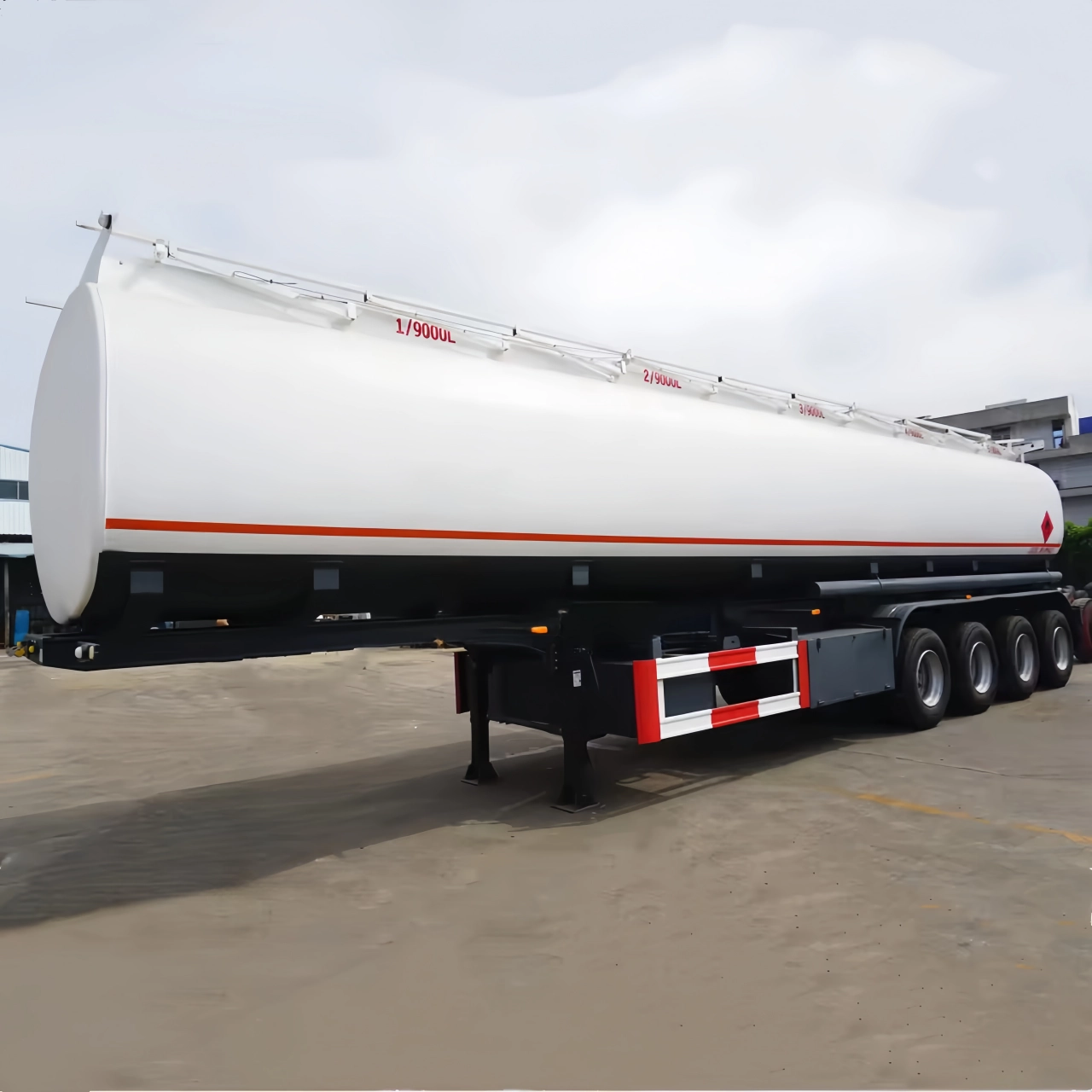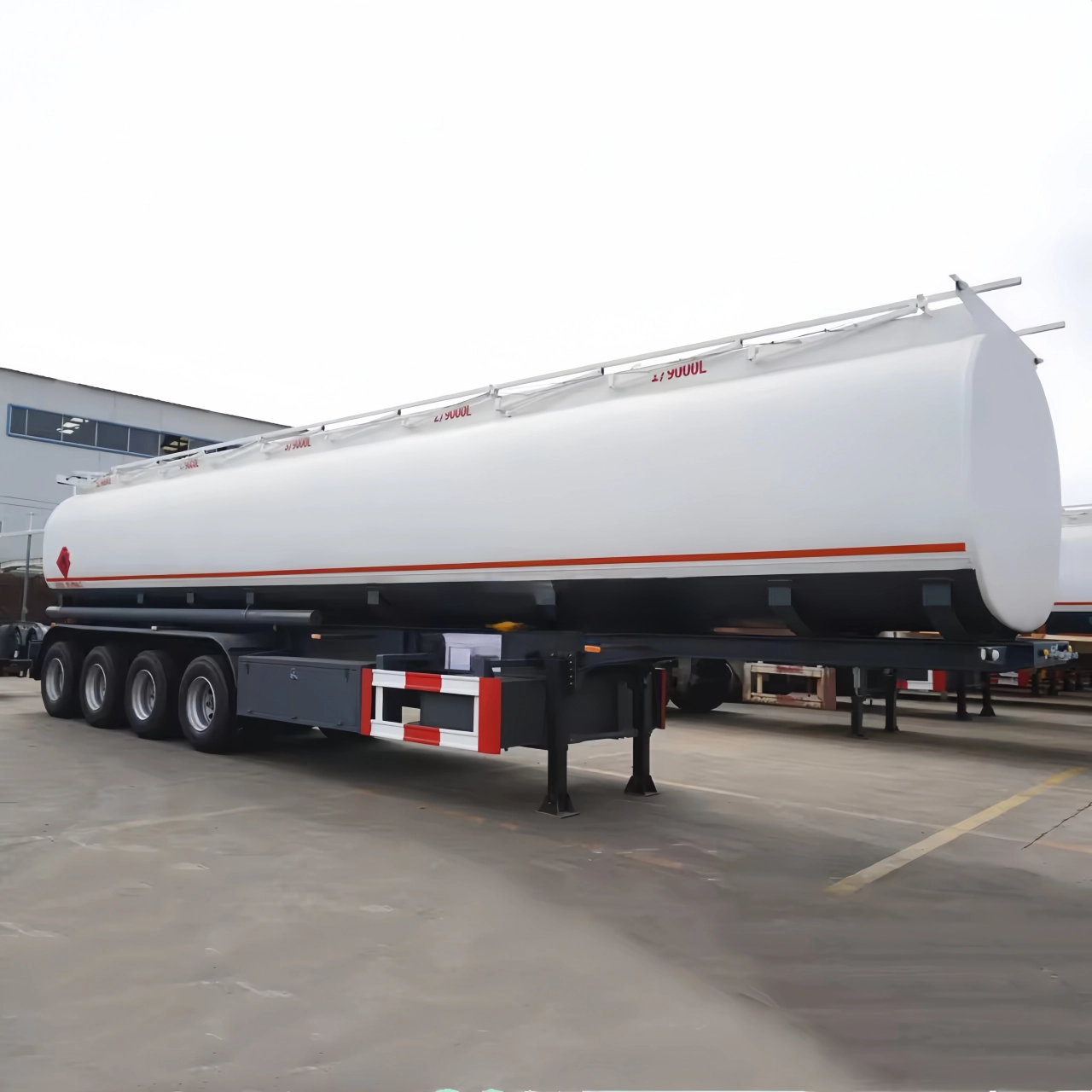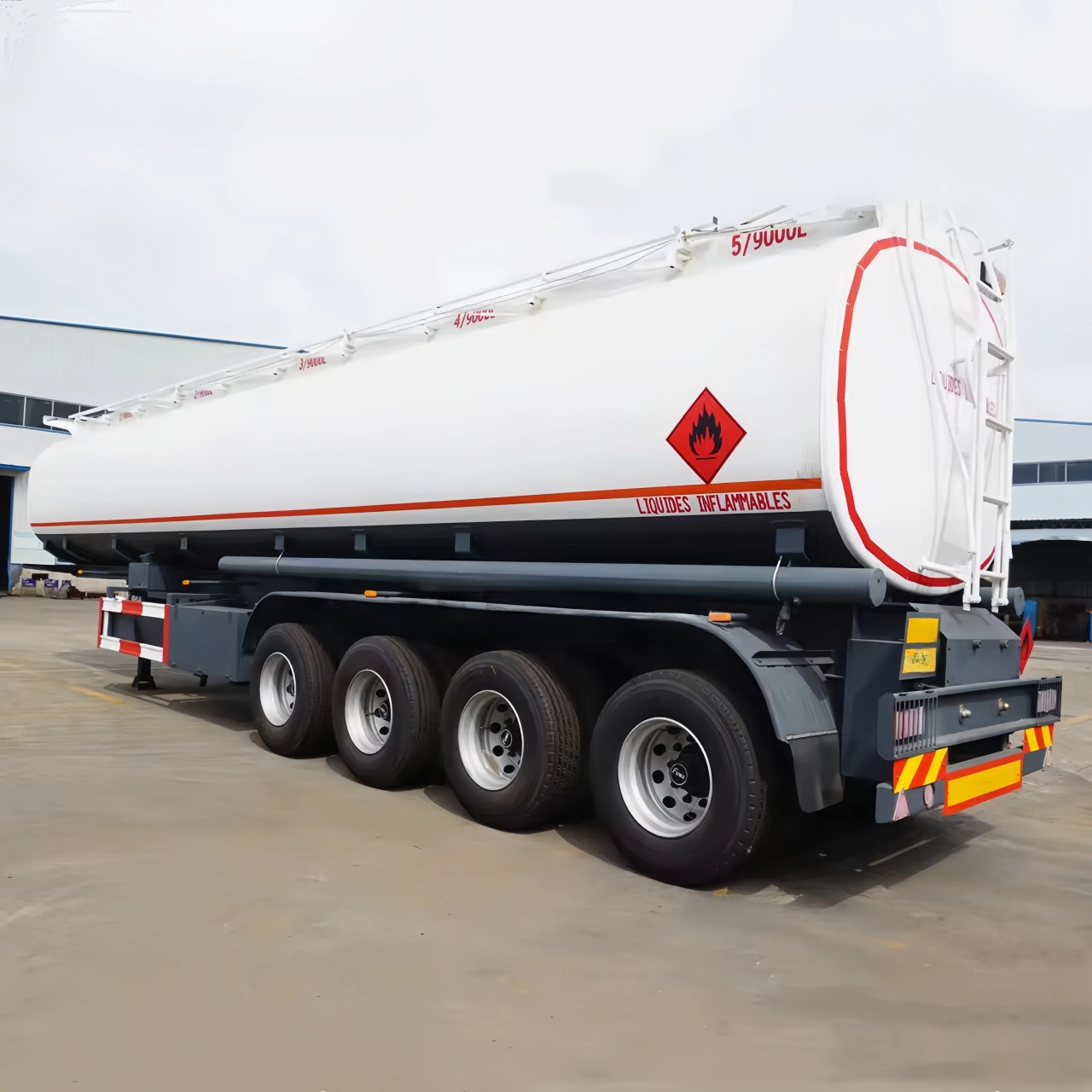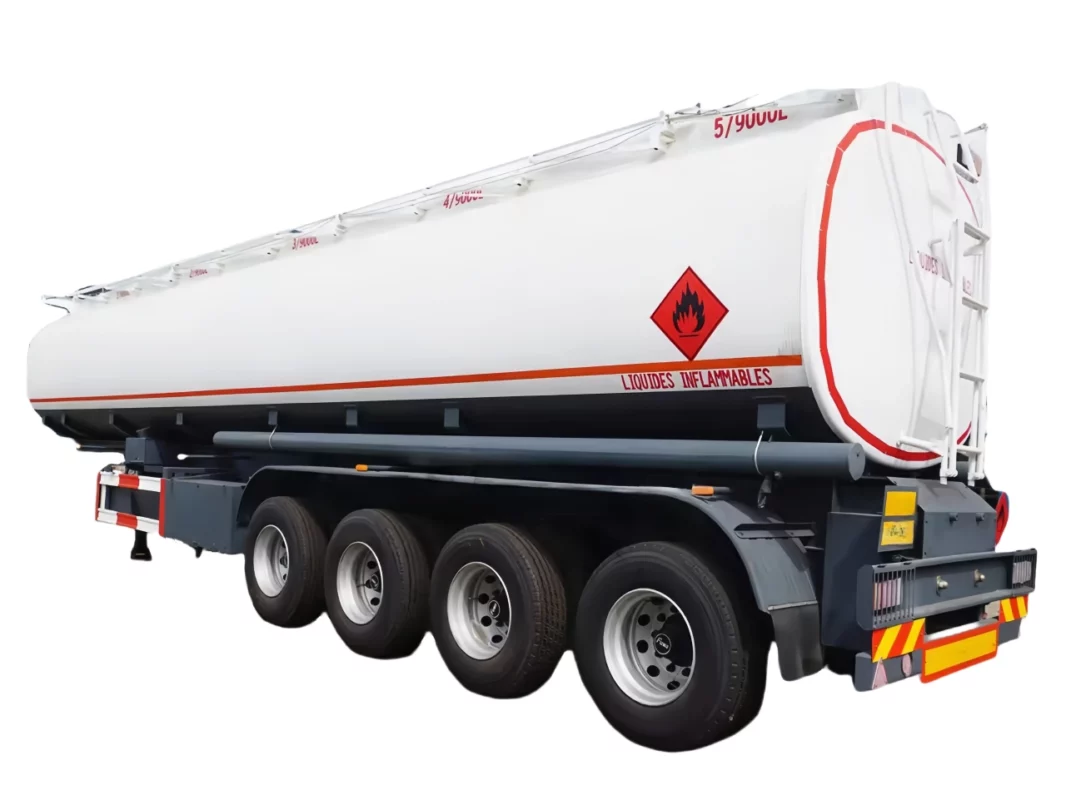Tanker trailers are a vital part of global logistics, responsible for transporting a wide range of liquid and dry bulk materials, from fuel and chemicals to food-grade products and construction materials. One of the most common questions people ask when they first encounter these specialized trailers is, “What size is a tanker trailer?” The answer is not straightforward, as tanker trailers come in various sizes and configurations depending on their purpose, regional regulations, and manufacturer specifications. This article will explore the different dimensions and capacities of tanker trailers, the factors that influence their size, and the implications for transportation and logistics.
Types of Tanker Trailers
Before diving into size specifics, it’s important to recognize that not all tanker trailers serve the same function. Broadly, they fall into several categories:
- Fuel Tanker Trailers
- Chemical Tanker Trailers
- Food-Grade Tanker Trailers
- Dry Bulk Tanker Trailers
- Water Tanker Trailers
- Asphalt/Bitumen Tanker Trailers
- LPG/LNG Tanker Trailers
Each type is engineered with different materials and specifications to suit its cargo, and this also affects the size of the trailer.

Standard Dimensions of Tanker Trailers
While there is variation across countries and industries, here are the general dimensions of a typical tanker trailer used in North America and many other parts of the world:
- Length: 40 to 53 feet (12 to 16 meters)
- Width: 8.5 feet (2.6 meters) – standard maximum legal width
- Height: About 12.5 feet (3.8 meters), depending on the trailer and tire size
- Volume Capacity: 5,000 to 11,600 gallons (approximately 19,000 to 44,000 liters)
Let’s break down the sizes further based on specific use cases.
1. Fuel Tanker Trailers
Fuel tankers are among the most common tanker trailers seen on highways. They typically carry gasoline, diesel, or aviation fuel.
- Capacity: 6,000 to 11,600 gallons (22,700 to 44,000 liters)
- Length: 40 to 53 feet (12 to 16 meters)
- Compartments: Usually 3 to 5, allowing the transport of multiple fuel types
Fuel tankers are often built with aluminum for lighter weight and corrosion resistance. The compartmental design also reduces liquid surge, which can affect braking and handling.
2. Chemical Tanker Trailers
These tankers carry corrosive or hazardous materials such as acids, solvents, or industrial chemicals.
- Capacity: 5,000 to 8,000 gallons (19,000 to 30,000 liters)
- Length: 35 to 45 feet (10.6 to 13.7 meters)
- Material: Stainless steel with special linings depending on the chemical transported
Because chemicals can be hazardous, these tankers often have thicker walls, insulation, and safety features such as pressure-relief systems.
3. Food-Grade Tanker Trailers
Used for transporting milk, juice, liquid sugar, and other consumable liquids, these tankers must meet sanitary standards.
- Capacity: 6,000 to 8,000 gallons (22,700 to 30,000 liters)
- Length: 40 to 45 feet (12.2 to 13.7 meters)
- Material: Polished stainless steel to ensure easy cleaning
Food-grade trailers are typically insulated and have temperature control options to preserve the quality of perishable goods.
4. Dry Bulk Tanker Trailers
These trailers are not liquid tankers but are still considered tankers due to their cylindrical design. They transport dry goods such as cement, flour, or plastic pellets.
- Capacity: 1,000 to 2,000 cubic feet (28 to 57 cubic meters)
- Length: 35 to 43 feet (10.6 to 13 meters)
- Design: Pneumatic discharge systems for unloading via compressed air
Dry bulk trailers are designed to be airtight to protect the cargo from moisture.
5. Water Tanker Trailers
Used for transporting potable or non-potable water for irrigation, construction, or firefighting.
- Capacity: 5,000 to 10,000 gallons (19,000 to 38,000 liters)
- Length: 30 to 45 feet (9 to 13.7 meters)
Water tankers may be made from steel, polyethylene, or fiberglass, depending on the application.
6. Asphalt/Bitumen Tanker Trailers
These trailers transport hot liquid asphalt or bitumen and must maintain high temperatures during transport.
- Capacity: 5,500 to 7,000 gallons (21,000 to 26,500 liters)
- Length: 35 to 42 feet (10.6 to 12.8 meters)
- Features: Insulation and heating systems (usually diesel or electric)
They have a lower center of gravity and reinforced suspension due to the high weight and temperature of the cargo.
7. LPG/LNG Tanker Trailers
These transport liquefied gases under pressure, such as propane, butane, and liquefied natural gas (LNG).
- Capacity: 9,000 to 11,000 gallons (34,000 to 41,600 liters)
- Length: 40 to 50 feet (12 to 15.2 meters)
- Design: Thick-walled cylindrical tanks with multi-valve safety systems
These trailers require specialized certifications due to the volatile nature of their cargo.

Factors Affecting Tanker Trailer Size
Several key factors influence how large or small a tanker trailer can be:
1. Regulations and Road Limits
Each country or region has legal weight and dimension limits for vehicles on public roads. In the U.S., for example, the federal weight limit for vehicles is 80,000 pounds (36,287 kilograms) gross weight unless special permits are obtained.
2. Type of Cargo
Heavier or more hazardous liquids require thicker tank walls and may limit overall cargo volume to comply with weight restrictions.
3. Material Used
Aluminum, steel, and stainless steel all vary in weight and strength, which affects the design and size of the trailer.
4. Intended Use
Off-road tanker trailers used in mining or agriculture may be shorter or have different axle configurations compared to highway trailers.
5. Axle Configurations
Trailers may have 2, 3, or more axles to distribute weight. Multi-axle configurations allow for higher payloads without violating axle weight limits.
Conclusion
What size is a tanker trailer? The answer depends on what it’s hauling, where it’s operating, and how it’s constructed. Sizes range broadly:
- Length: 30 to 53 feet (9 to 16 meters)
- Capacity: 5,000 to over 11,000 gallons (19,000 to 44,000 liters) for liquids, and up to 2,000 cubic feet (57 cubic meters) for dry bulk
Understanding the size of a tanker trailer is crucial for planning logistics, ensuring compliance with transportation laws, and optimizing operational efficiency. Whether you’re in the fuel industry, food production, construction, or hazardous materials transport, selecting the right tanker trailer size is key to safe and cost-effective delivery.


